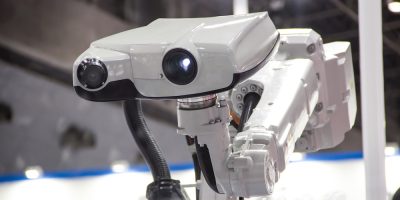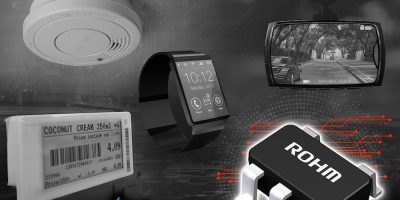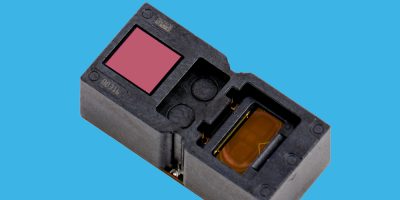Arrow Electronics is strengthening support for customers seeking to accelerate their embedded applications with artificial intelligence and machine learning by launching Arrow Edge AI engineering services. The resources include engineering consultancy, technical training, design services, ready-to-use software, and a curated selection of vendor-specific and independent tools.
“Analysts say AI will be one of the biggest technologies of the coming decade. In fact, AI algorithms are already embedded in many consumer and industrial applications and are an essential ingredient for reaching the latest performance and power efficiency targets,” said Morten Block, marketing director EMEA, Arrow Electronics. “Developing AI applications to run on edge computing platforms is no trivial task, so Arrow Edge AI engineering services is here to handle the challenges. With solutions for every stage of the development lifecycle, we help our customers keep their projects on track, from initial analysis and determining the right approach, to algorithm development, model training, optimisation, and deployment.”
Edge AI represents numerous opportunities for product developers to create innovative products, such as wearables, IoT gateways, smart sensors, autonomous machines, and others, to be deployed throughout factories, cities, homes, smart buildings, agriculture, utility networks, and retail. In addition to increasing performance and efficiency, edge AI can also enhance security and relieve dependence on continuous network connectivity.
The Arrow Edge AI engineering services portfolio covers the spectrum of edge AI applications, including object detection, facial recognition, industrial inspection, voice control, sound analysis, and touch sensing.
In addition to consulting and design assistance, Arrow Edge AI engineering services will offer extensive training, including AI theory, algorithm development, modelling, software tools, and applications such as predictive maintenance. Accessible through an online hub, the service will also provide learning resources, articles and videos to help users achieve their goals.







